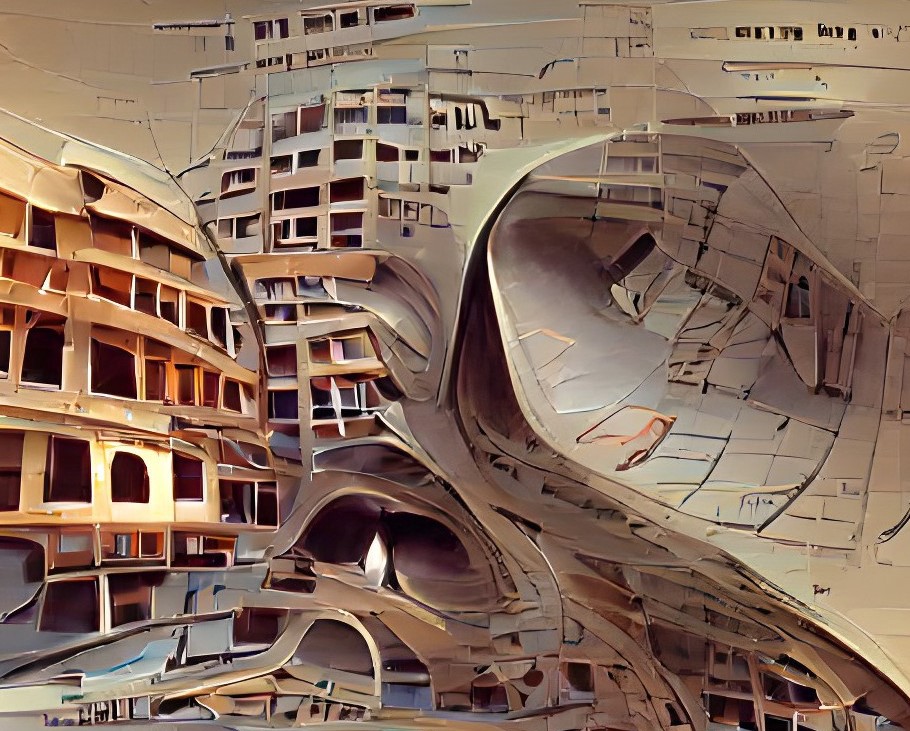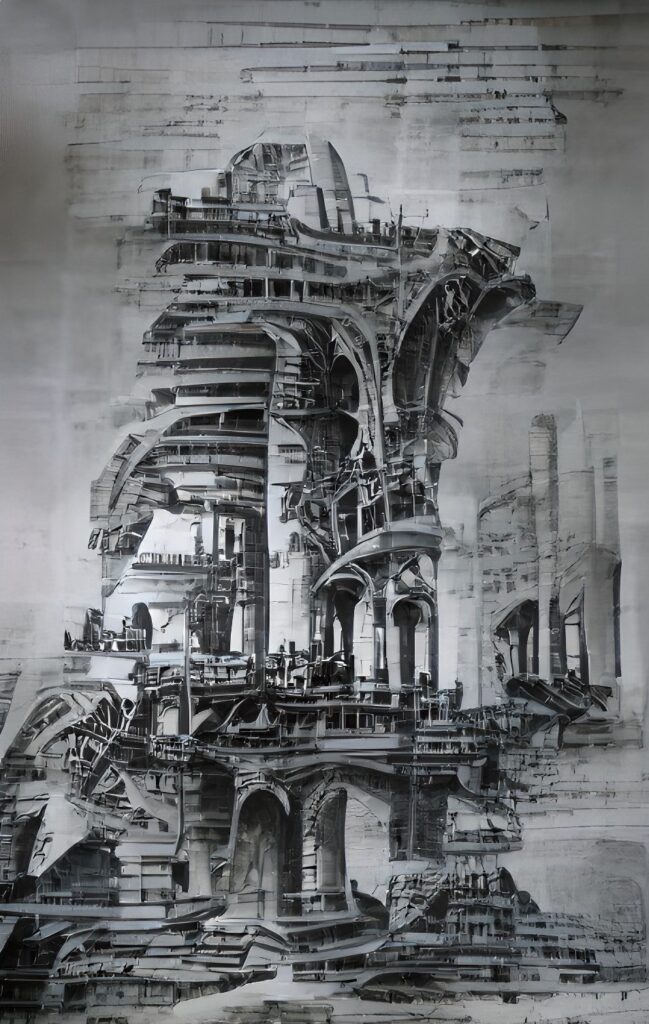
The state of AI web applications for architecture today. And what does the future hold for A.I. technology, architecture, and design?
Architecture is a profession that requires a very complex set of skills, and architecture students have to learn how to use many different types of software before they graduate. The rise of artificial intelligence (AI) and machine learning in the design industry has given architects access to new tools that can help them with their work.
The state of AI web applications for architecture today.
The world of architecture has always lagged behind the world of technology. That doesn’t mean that technology never impacted the architecture profession. Computers were around since the ‘70s, and computers in architecture offices were around since the ‘80s. But all these computer-powered architectural tools and A.I. software solutions (like Revit) came to fruition at least twenty years after such tools showed up in countless other professions, like medicine and engineering, for instance. Still, despite this very apparent lag, many potential synergies between architecture and A.I. have emerged lately, especially within computer vision and machine learning.
Artificial Intelligence (or A.I.) is a topic that often makes the headlines across many industries. Architecture and design will flood into multiple facets of our lives. Whether you believe it or not, artificial intelligence is already a part of your daily life. Your phone uses it to schedule meetings movie recommendations, and dating apps use AI technology to facilitate meaningful connections.
Computer Vision and Artificial Intelligence have already improved how we approach tasks in our day-to-day workflows. The latest developments in this technology are improving by the day, and we are beginning to see it affect each element of our design and architecture process.
From generative design to AI analysis and 3D modeling, AI is becoming more and more integrated into the architecture.

And what does the future hold for A.I. technology, architecture, and design?
In an industry that’s barely touched by the digital era, artificial intelligence (or A.I.) is poised to change the architectural design and construction landscape. A.I. has already begun to transform the way architects design their workspaces and, most importantly, how they design/build their buildings.
Today, Artificial Intelligence (A.I.) is mainly associated with robotics and automobiles. But AI is also a promising technology in architecture and design. The future of A.I. technology in architecture and design will be far different than what sci-fi movies have portrayed. It will not manifest only as machines that look like humans and perform complex tasks. Instead, it will exist as a framework for quickly managing and performing large amounts of data.
Designers are used to working with tools that can generate new forms and shapes based on the rules we provide. Tools like Grasshopper, Dynamo, and others have been used for years to generate design from sets of rules. The next step is to give those rules so that a computer can understand them.
Artificial intelligence is a promising avenue for design and architecture. I think we will see its potential demonstrated in the coming years. As architects and designers, we need to be involved in this process, as users of the technology and creators of content for it.

Conclusion
The main advantage A.I. has over human designers and architects is the ability to analyze and understand information faster, with better precision and accuracy, and without bias or emotions.
While this makes it an effective tool for generating proposals and possibilities, certain aspects of architecture require judgment from humans: the integration of the building in its surroundings, its relationship to open space, the selection of materials and finishes, etc.
These are areas of architecture where A.I. may not yet be able to assist as much as we would want it to; however, giving it access to such a large number of possibilities will surely help us make more informed decisions.
Designing buildings is an art, architectural pedagogies and professional practices a science. Artificial intelligence (AI) is allied with the sciences, so it would seem natural to expect AI in the design and architecture professions. Maybe AI will use it to generate stories about how a building came to be. Or how AI is being used to write articles. Like this one!
This article was written with Copy.ai and the images made in dream by app.wombo.art .
